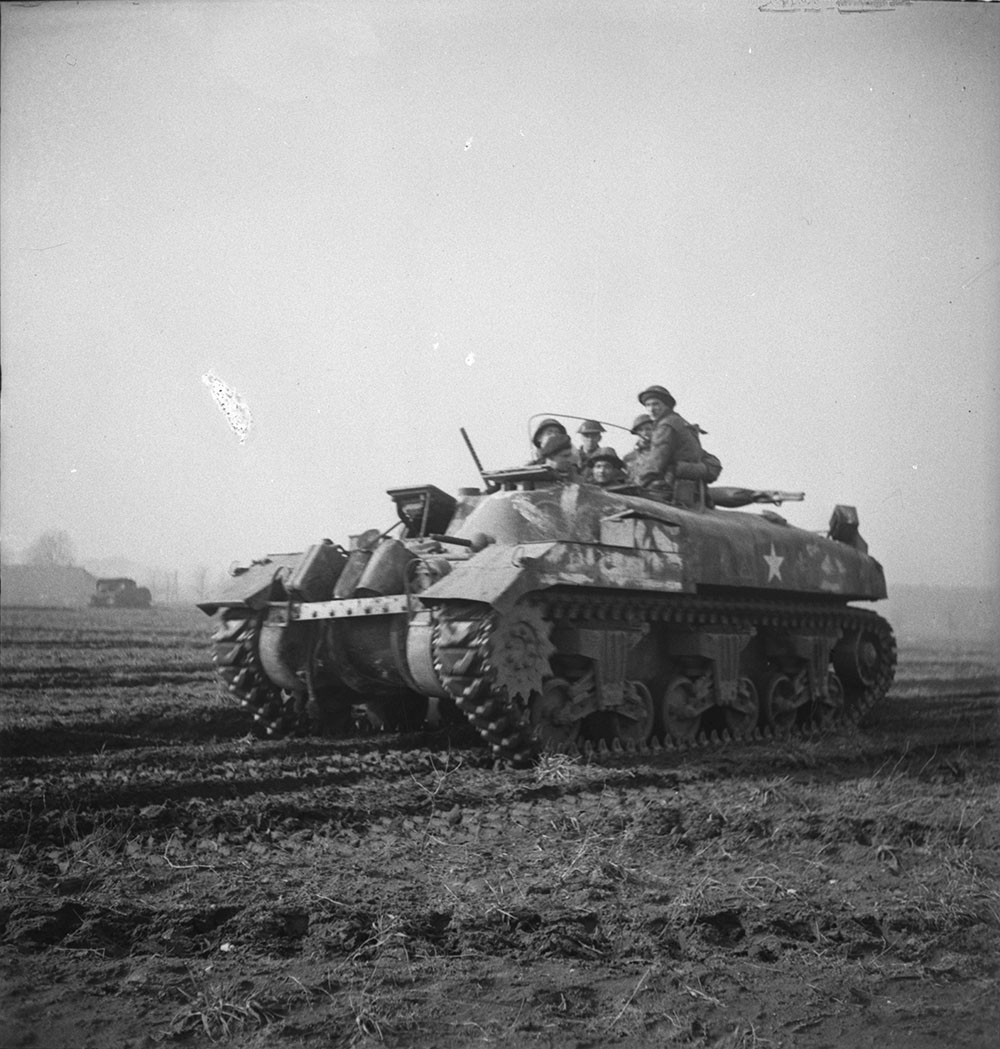Article
Beartrap (Helicopter Hauldown and Rapid Securing Device)
The “beartrap” was a Canadian innovation designed in the 1960s to enable the safe operation of helicopters from destroyer-size ships. Known formally as the Helicopter Hauldown and Rapid Securing Device (HHRSD), it is now an integral part of all Canadian frigates. The beartrap revolutionized maritime helicopter operations and was adopted by other navies.













